The TP-Link Archer BE230, also known as the BE3600 in certain markets, positions itself as an affordable Wi-Fi 7 router that promises to enhance your home network with high-speed connectivity and cutting-edge features. In a world where reliable internet is essential for smart homes, I recently transitioned to the Archer BE230 from my previous router (TP-Link Archer AX72 AX5400). The difference in Wi-Fi range and performance has been impressive, making it a compelling option for anyone looking to upgrade without overspending. In this review, I will dive into the design, ease of use, features, performance, and overall value of the Archer BE230.
Review Summary
Reasons to Buy
Reasons to Avoid
Device Specifications
Wi-Fi Standard
IEEE 802.11be/ax/ac/n/a 5 GHz
IEEE 802.11be/ax/n/g/b 2.4 GHz
Wi-Fi Speeds
2882 Mbps (5 GHz) + 688 Mbps (2.4 GHz)
Wi-Fi Range
4x External antennas with Beamforming technology
Wi-Fi 7 Features
Multi-Link Operation (MLO)
4K-QAM
Multi-RUs
Mesh Wi-Fi
EasyMesh Compatible
Working Modes
Router Mode
Access Point Mode
Ethernet Ports
2.5 Gbps WAN x 1
2.5 Gbps LAN x 1
1 Gbps LAN x 3
USB
USB 3.0 x 1
Buttons
Power On/Off Button
Reset Button
WPS Button
Wi-Fi Button
LED Button
Wi-Fi Encryption
WPA, WPA2, WPA3, WPA/WPA2-Enterprise (802.1x)
Dimensions
10.7 × 5.8 × 1.6 in (272.7 × 147 × 41.7 mm)
Operating Temperature
0°C~40°C (32°F ~104°F)
Operating Humidity
10%~90% non-condensing
Certifications
FCC, CE, RoHS
Product Unboxing
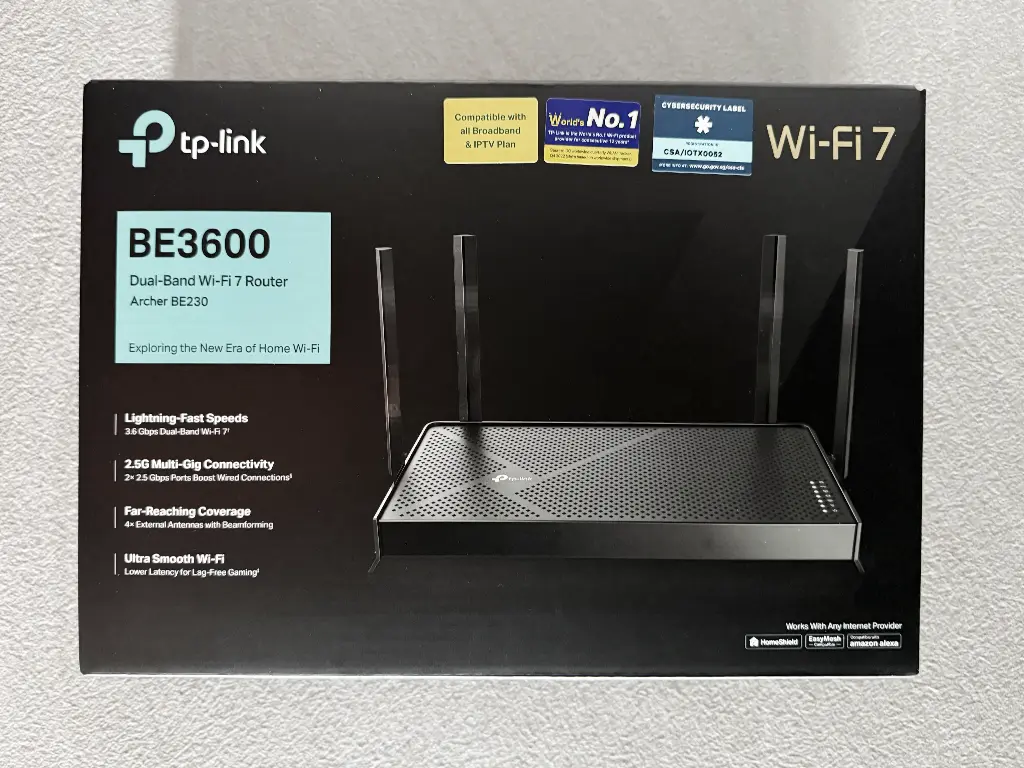
The TP-Link Archer BE230 arrives in a large rectangular cardboard box (measuring 34.5 x 23.5 x 10 cm), designed to protect its contents while reflecting the brand’s quality. Inside, you’ll find everything you need to get started with your new Wi-Fi 7 router:
- Wi-Fi 7 Router BE230 BE3600
- Power Adapter
- Cat 6A Ethernet Cable
- Quick Installation Guide
- Technical Support Guide
- Wi-Fi Info Card
- GNU General Public License Notice
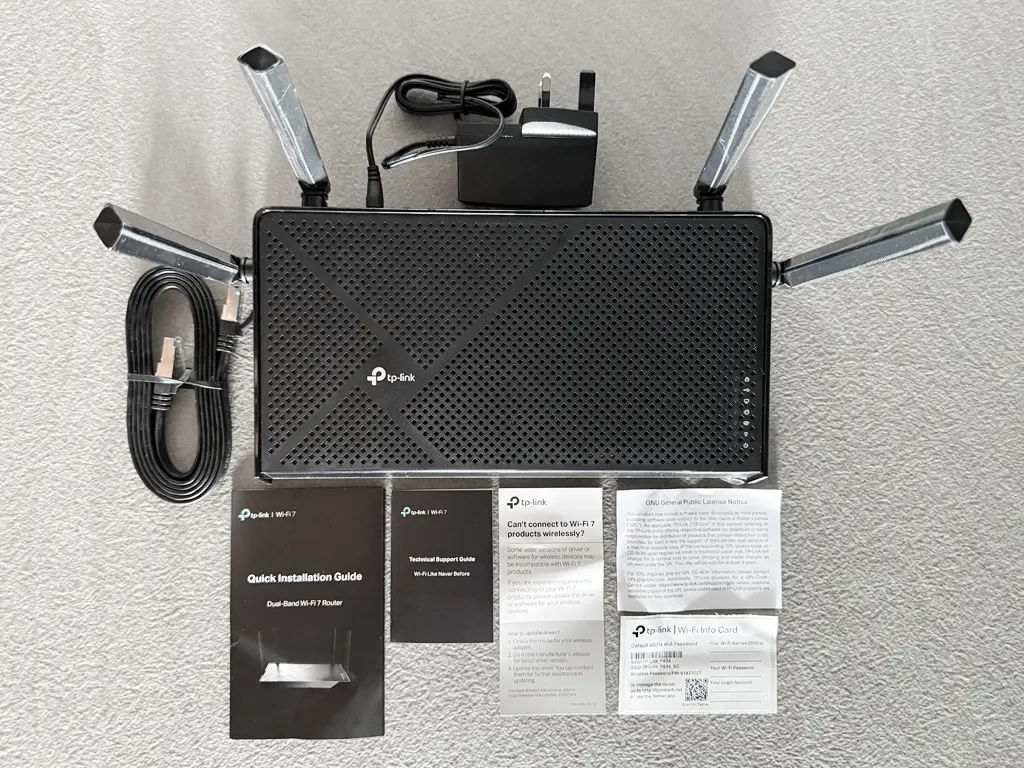
Design
Rating:
The TP-Link Archer BE230 showcases a sleek and compact design that is reminiscent of older Wi-Fi 5 and Wi-Fi 6 models but with a modern touch. It has a flat rectangular shape with four adjustable external antennas strategically positioned at each corner to optimize signal coverage throughout your home. Crafted from durable plastic with stylish perforations for ventilation, the router not only looks good but also promotes efficient airflow to maintain performance. In addition, the router includes several status LEDs discreetly located on the right side for easy monitoring.
Overall, I appreciate the router’s minimalist design, which allows it to blend seamlessly into any living space without drawing unnecessary attention.
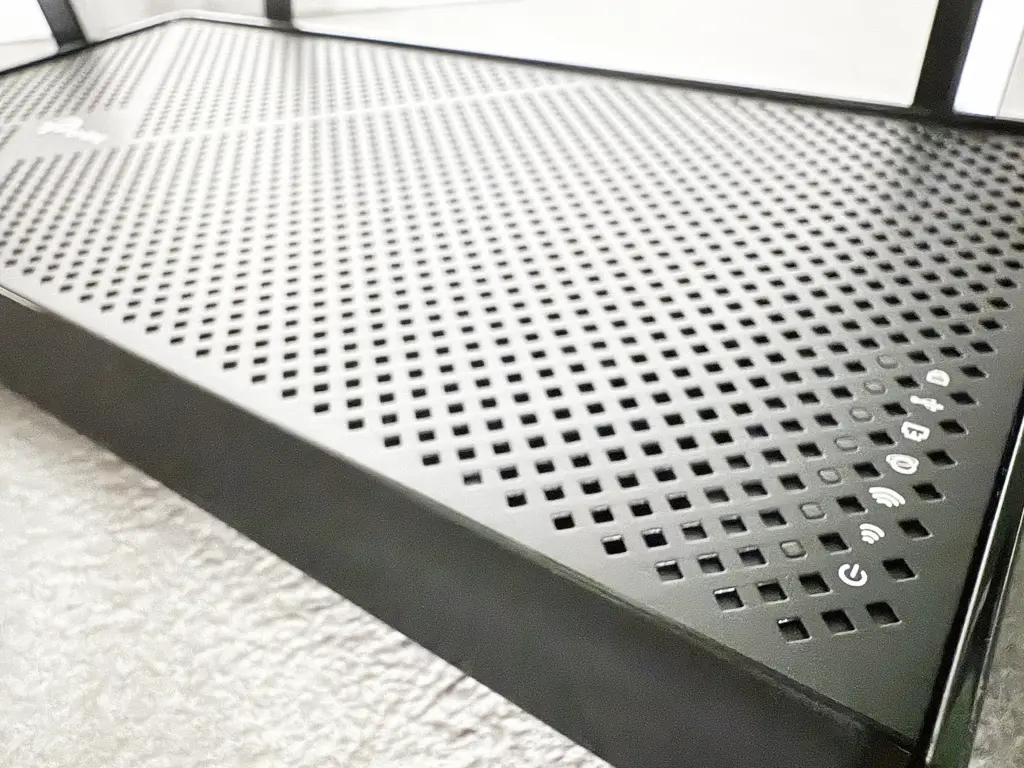
The router’s back panel features the following Ethernet ports:
- 2.5 Gbps WAN port x 1
- 2.5 Gbps LAN port x 1
- 1 Gbps LAN port x 1
In addition, the back panel also has the following ports and control buttons:
- Power port to connect the router’s power adapter
- Power button to turn the router on or off
- USB 3.0 port
- LED button to turn on or off the LED of the router
- WPS button to start the WPS connection process
- Wi-Fi button to turn on or off the wireless function of the router
- Reset button to reset the router to its factory default settings
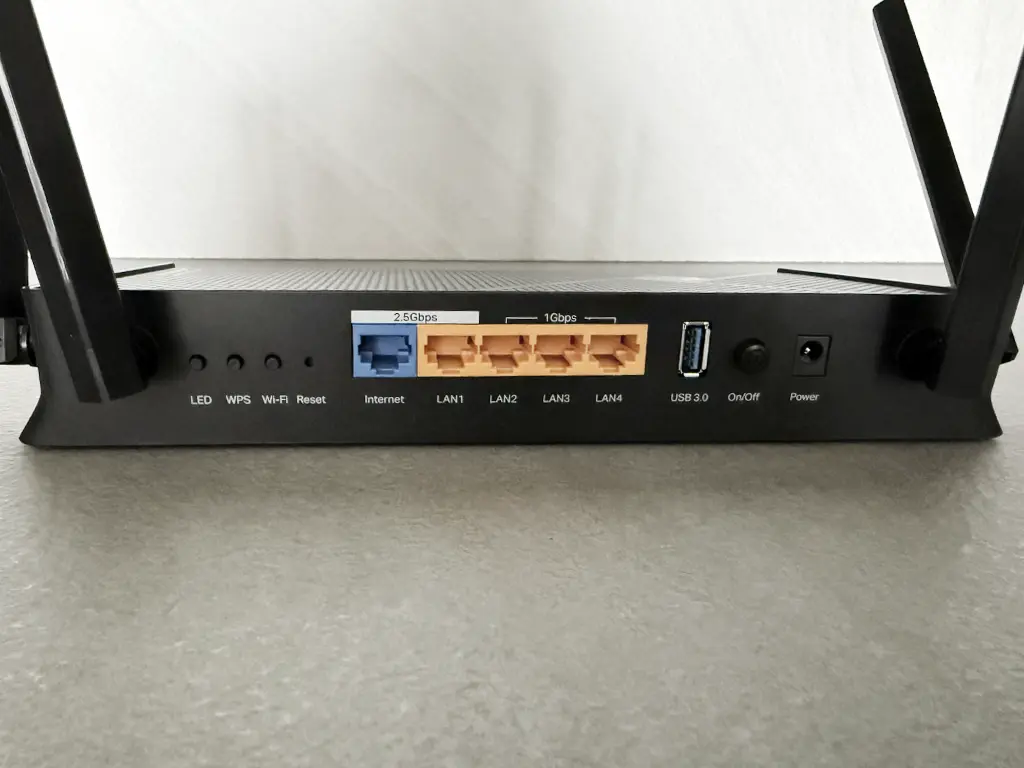
Setup & Compatibility
Rating:
Setup
Setting up the TP-Link Archer BE230 was an impressively simple and straightforward process that made transitioning to this new router a breeze. Users have the flexibility to choose between setting up via a web browser (by visiting https://tplinkwifi.net) or using the Tether app.
The setup began with creating an administrator password, followed by selecting my time zone, an essential step for accurate scheduling and management.
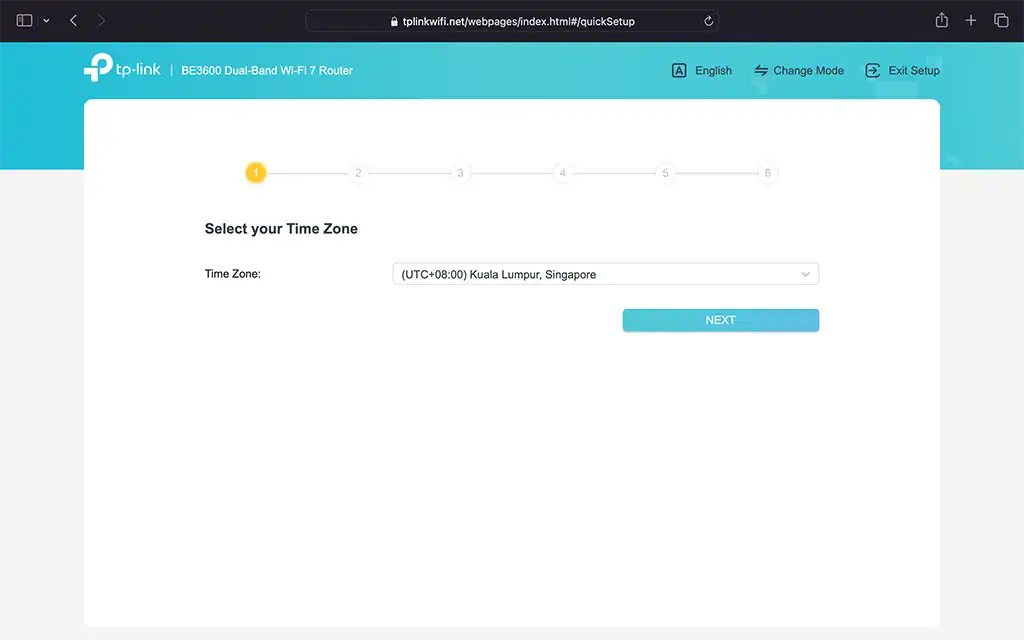
Next, I was prompted to select an Internet connection type. In my case, I selected Dynamic IP as required by my ISP.

This was followed by configuring the MAC address of the router and selecting an ISP Profile, if applicable.
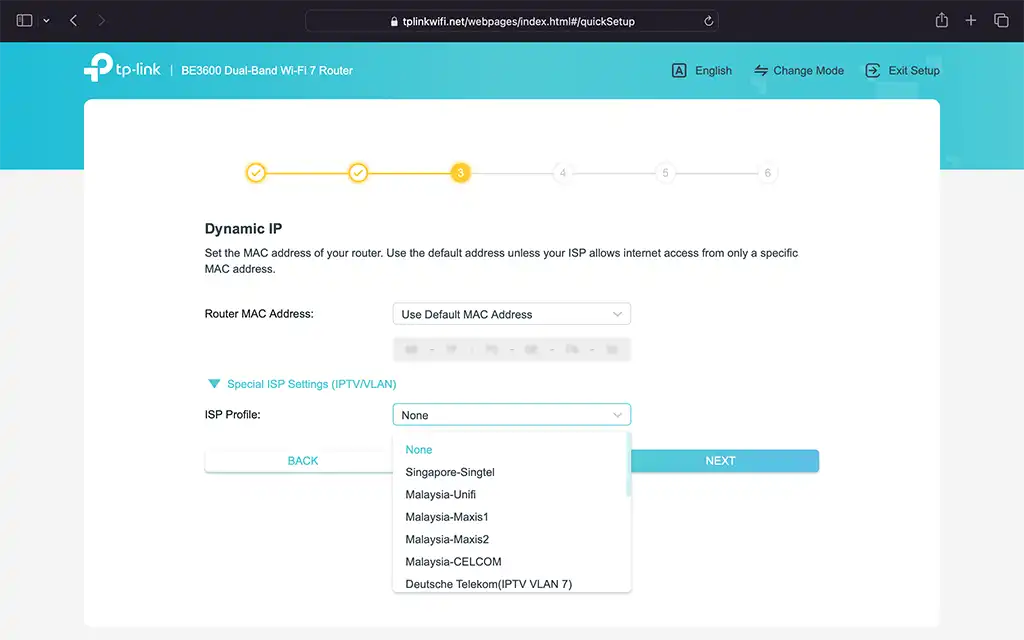
Moving on, the Personalize Wireless Settings screen allowed me to tailor my network name and password according to my preferences.

After configuring these settings, an internet connection test was conducted to ensure everything was functioning correctly. Once successful, I was greeted with a confirmation screen indicating that setup was complete.

To round up the setup process, I was provided the option to login and bind the router to my TP-Link ID, enabling me to manage settings conveniently through TP-Link’s Tether mobile app.
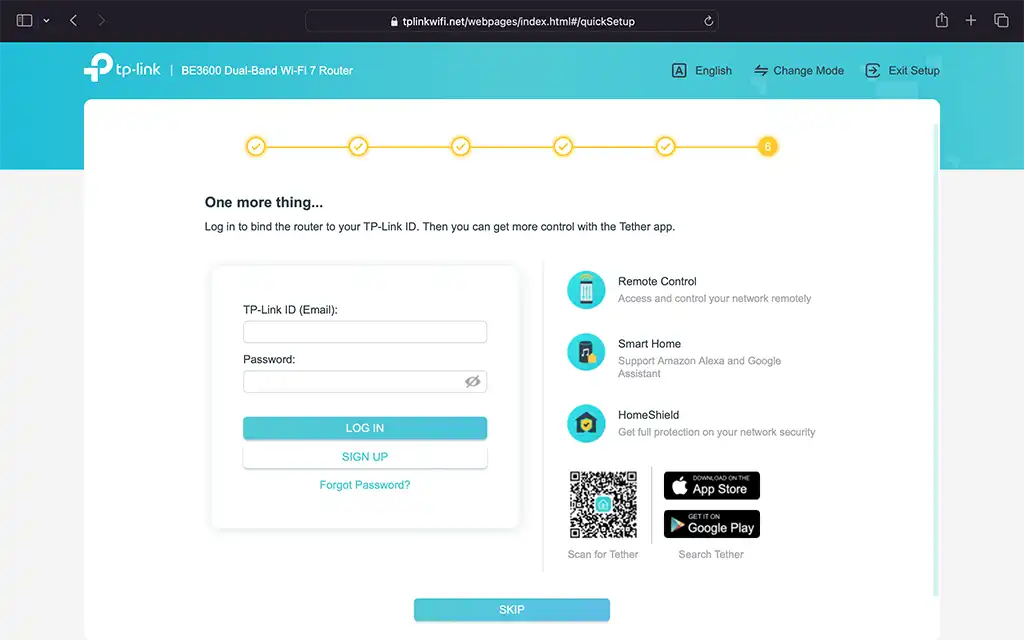
Compatibility
The TP-Link Archer BE230 excels in compatibility, ensuring a seamless transition into the world of Wi-Fi 7 while remaining backward compatible with older Wi-Fi standards (802.11a/b/g/n/ac/ax). This means you can enjoy enhanced performance without sacrificing connectivity to your existing devices, a significant advantage for households with a mix of new and legacy technology.
The Archer BE230 integrates with Amazon Alexa and Google Assistant, allowing you to manage your network with simple voice commands. For example, you can enable the guest network, turn off the router’s LEDs, or even have Alexa or Google Assistant read out the guest Wi-Fi password, all without interrupting what you’re doing. This hands-free control adds convenience for managing your home network, especially when you’re busy or multitasking. This is a convenient addition for users already invested in a smart home ecosystem.
Features & Performance
Rating:
Wi-Fi
The TP-Link Archer BE230 harnesses the advanced capabilities of the Wi-Fi 7 standard (IEEE 802.11be), offering significant enhancements in wireless connectivity for modern applications. With key features such as ultra-wide 320 MHz channels, which effectively double the available bandwidth compared to previous standards, and Multi-Link Operation (MLO), allowing devices to communicate across multiple frequency bands simultaneously (in this case, 2.4 GHz and 5 GHz), this router is engineered for high data throughput that can potentially exceed 40 Gbps while significantly reducing latency.
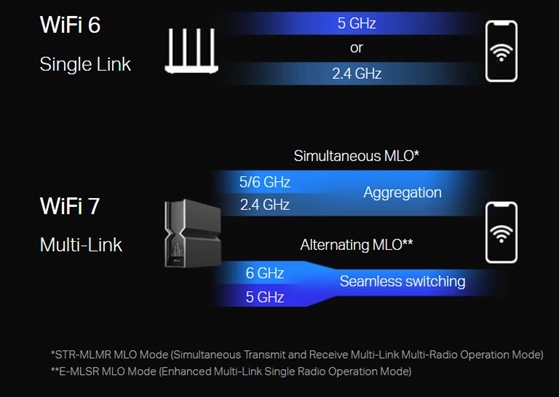
Additionally, it utilizes 4096-QAM (4K-QAM) and Multi-RU technologies to pack more data into each transmission, further improving efficiency and performance. These advancements make the Archer BE230 particularly well-suited for demanding activities like augmented reality (AR), virtual reality (VR), and ultra-high-definition video streaming, ensuring a seamless experience even in environments with high device density.
Wi-Fi Speeds
In terms of performance, the Archer BE230 offers dual-band speeds of up to 3570 Mbps, making it well-suited for gaming, streaming, and downloading on multiple devices simultaneously. The router’s Smart Connect feature intelligently assigns each device to the best Wi-Fi band for optimal performance.
During my testing with an iPhone 16 Pro three feet away from the router, I achieved download speeds exceeding 1.6 Gbps, as measured using Speedtest.
Note: The maximum channel bandwidth on all iPhone 16 models is 160 MHz (instead of the full 320 MHz for Wi-Fi 7), which translates to download speeds between 1.5 to 1.7 Gbps.

Moving the iPhone 16 Pro further away to 25 feet still yielded impressive speeds of over 700 Mbps, demonstrating the router’s solid performance at a distance.
Note: 1 Gbps = 1000 Mbps

Wi-Fi Coverage
The Archer BE230 is equipped with four high-performance antennas that boost Wi-Fi signals throughout your home. Its Beamforming technology intelligently detects devices and concentrates signals towards them, particularly beneficial in hard-to-reach areas.
I personally find the Wi-Fi range on the TP-Link Archer BE230 to be much better than the TP-Link Archer AX72 that I was using previously. With the Archer AX72, I needed two routers for full coverage around my condo unit but with the Archer BE230, only one router is required (win!).
Wi-Fi Capacity
With its ability to support numerous devices simultaneously (TP-Link recommends up to 50 clients for optimal performance), the Archer BE230 handles my typical load of 10 to 15 Wi-Fi devices without any stability issues. This includes various smart home devices (such as the Google Nest Doorbell and Tapo Smart Power Strip) and smart home hubs (Apple HomePod Mini and Samsung SmartThings Hub), alongside traditional gadgets like MacBooks, iPhones and a smart TV.
In addition, I have four devices connected to Ethernet, which are an Apple TV and smart home hub/bridges (i.e. Home Assistant on Raspberry Pi 4B, Somfy Connexoon Hub and Starling Home Hub).
Mesh Wi-Fi
The TP-Link Archer BE230 seamlessly integrates with other TP-Link EasyMesh routers and range extenders, creating a robust whole-home mesh Wi-Fi network that effectively eliminates dead zones and minimizes connectivity drops or lag while moving between signals. If you encounter any areas in your home with weak coverage, simply add another EasyMesh router or range extender to build your multi-gigabit mesh Wi-Fi.
This intelligent system connects your mobile devices to the routers or extenders that provide the best coverage, ensuring you stay connected without interruption. Additionally, all devices compatible with EasyMesh share a single Wi-Fi name, simplifying your network experience and allowing you to move freely throughout your home without needing to switch networks manually. With EasyMesh technology, you can enjoy a reliable and consistent internet connection across every room in your home.
Ethernet
The Archer BE230 supports Ethernet speeds of up to 2.5 Gbps and is equipped with a total of 5 Ethernet ports: one 2.5 Gbps WAN port, one 2.5 Gbps LAN port and three Gigabit LAN ports. I tested the router’s Ethernet speed using a Raspberry Pi 4 Model B running Home Assistant, achieving speeds close to 1 Gbps. This limitation reflects the maximum speed of the Pi’s Gigabit Ethernet port rather than the router’s capabilities. The speed test was performed using the Home Assistant Speedtest.net integration.
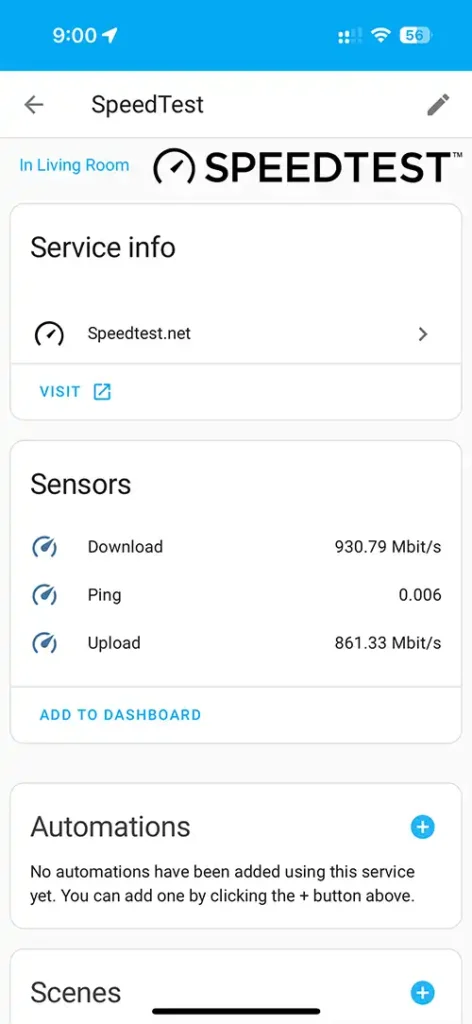
While I currently do not have devices that support Multi-Gigabit Ethernet, the potential for utilizing the 2.5 Gbps port remains an exciting prospect for future upgrades.
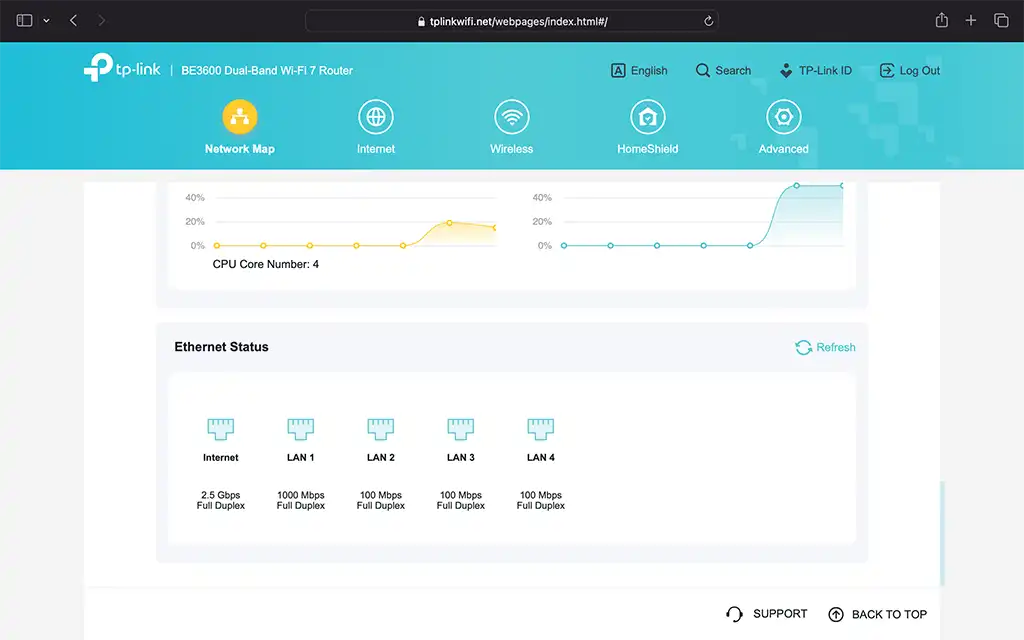
An interesting feature of this router is the ability to set the Internet Port Negotiation Speed. By default, the router sets this option to “Auto Negotiation” which defaults the connection speed to “1000Mbps Full Duplex” for some reason. Took me a while to figure out that the limited speed (1 Gbps) I was getting initially on the router was due to this setting rather than my home Ethernet infrastructure.
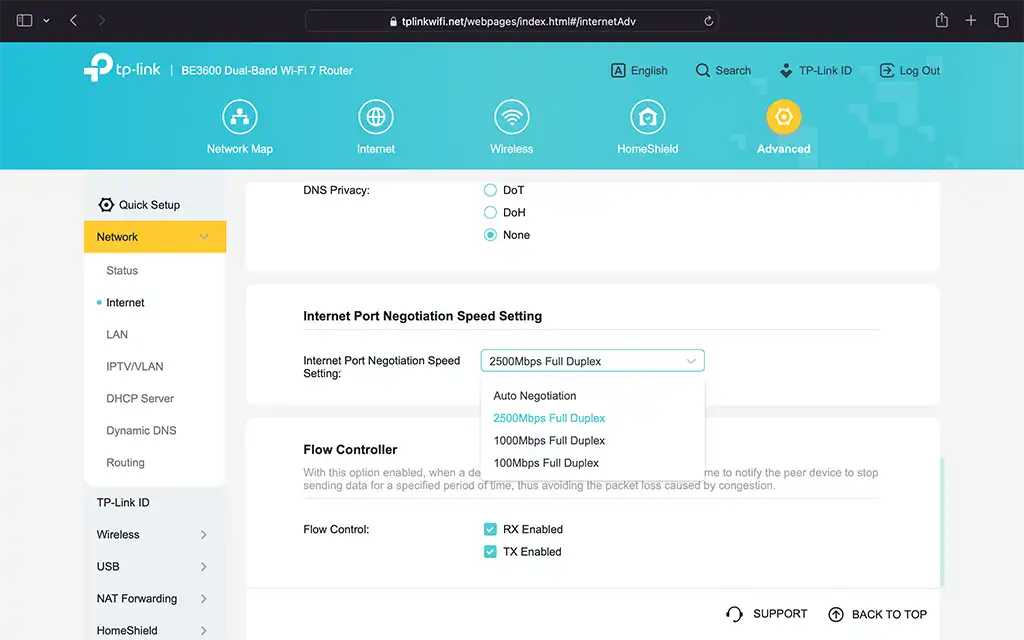
USB Port
The TP-Link Archer BE230 features a versatile USB 3.0 port that enhances your home network by allowing you to connect external storage devices for easy file sharing and personal cloud storage access, securely from outside your network.
The router supports various partition formats, ensuring compatibility with a wide range of external drives:
- NTFS
- exFAT
- HFS+
- FAT32
And supports the following functions:
- FTP Server for remote file access
- Media Server for streaming content across your home network
- Samba Server for easy file sharing between different operating systems
Security
HomeShield
The TP-Link Archer BE230 prioritizes your home network’s safety with its integrated HomeShield service, available across all TP-Link routers and Deco Mesh products. In an age where digital threats are increasingly prevalent, HomeShield acts as a comprehensive protection kit that addresses various security scenarios through its robust offerings, including network security, parental controls, Quality of Service (QoS), and detailed usage reports.
HomeShield provides both basic and advanced (Pro) features to cater to different user needs. Basic features include real-time IoT protection and network security scans for free. Advanced functionalities such as DDoS protection and port intrusion prevention, require a paid subscription but significantly enhance your network’s defense against sophisticated threats.
Below is a comparison of the features offered in HomeShield Basic and Advanced (Pro).
Real-Time Protection: Basic vs Pro features
| Feature | Basic | Pro |
|---|---|---|
| Real-time IoT Protection | ✓ | ✓ |
| Network Security Scan | ✓ | ✓ |
| Public Wi-Fi Scan | ✓ | ✓ |
| Malicious Content Filtering | ✓ | |
| DDoS Protection | ✓ | |
| Port Intrusion Prevention | ✓ |
Parental Controls: Basic vs Pro features
| Feature | Basic | Pro |
|---|---|---|
| Time Limits | ✓ | ✓ |
| Block Websites | ✓ | ✓ |
| Pro Content Filter | ✓ | ✓ |
| Pause the Internet | ✓ | ✓ |
| Flexible Bedtime | Set one fixed time | Set different times for different places |
| Offtime Control | ✓ | |
| Time Rewards | ✓ | |
| Traffic Statistics | ✓ |
Usage Analysis: Basic vs Pro features
| Feature | Basic | Pro |
|---|---|---|
| Usage Reports | ✓ | ✓ |
| Reports | ✓ | ✓ |
| New Access Devices | ✓ | ✓ |
| Insight | 1 day | 30 days |
| Device Type | ✓ | |
| Safety Statistics | ✓ | |
| Online Time | ✓ | |
| Visited URLs | ✓ | |
| Usage Overview | ✓ |
WPA3 Encryption
The Archer BE230 features WPA3, the latest and most secure Wi-Fi protocol, offering significant improvements over WPA2. For home Wi-Fi users, this translates to better protection against hackers trying to access your network and steal personal information.
WPA3’s key improvement is SAE (Simultaneous Authentication of Equals), which replaces the older PSK (Pre-Shared Key) method. This significantly hinders attackers from cracking your Wi-Fi password, even if they intercept it during the initial connection. SAE makes offline brute-force attacks, a common method for cracking WPA2 passwords, much less effective.
WPA3 also encrypts data individually for each connected device. So, if one device (like a smart TV) is compromised, your other devices (like your phone or laptop) remain secure. This prevents an attacker from accessing your entire network through a single weak point.
VPN
The Archer BE230 offers robust VPN functionality, allowing specified devices on your home network to access remote VPN servers without requiring VPN software installation on each device. It supports running VPN and regular internet connections simultaneously, providing flexibility for tasks like secure remote work and standard web browsing.
As a VPN Client, the Archer BE230 connects devices directly to third-party VPN servers, allowing users to access content from different regions and enhancing their online privacy. In VPN Server mode, external devices can securely access home network resources such as printers, cameras, and NAS systems.
The router supports widely used VPN protocols, including OpenVPN, PPTP, L2TP over IPsec, and WireGuard. Among these, WireGuard stands out for its exceptional speed and robust security, making it ideal for modern VPN requirements.
Additionally, the Archer BE230 is compatible with many well-known VPN providers such as NordVPN, Surfshark, Mullvad VPN, ProtonVPN, ExpressVPN, PrivateTunnel, OVPN.com, and PIA.
What’s Missing?
While the TP-Link Archer BE230 is a remarkable Wi-Fi 7 router that delivers impressive performance and features, it’s important to consider a couple of areas where it could further enhance its capabilities.
Firstly, although the Archer BE230 is marketed as a Wi-Fi 7 router, it operates on dual bands and does not include the additional 6 GHz band found in tri-band routers. This means that while it provides excellent performance for most users, those looking for the ultimate in high-speed connectivity in densely populated environments may find this limitation significant.
Secondly, the router utilizes a 2×2 MU-MIMO configuration, which, while effective, may restrict maximum wireless performance compared to more advanced routers that incorporate a 4×4 MU-MIMO setup. This could affect performance in households with multiple devices streaming or gaming simultaneously.
MU-MIMO (Multi-User Multiple Input Multiple Output) technology allows a router to communicate with multiple devices simultaneously, improving overall network efficiency and potentially boosting speeds for individual devices, especially in multi-device households. Higher MU-MIMO configurations generally offer greater capacity and performance gains.
Value for Money
Rating:
Priced under SGD 200 in Singapore, the Archer BE230 offers excellent value by bringing key Wi-Fi 7 advancements like higher speeds and improved capacity to a more accessible price point. Its dual 2.5 Gbps ports and EasyMesh compatibility position it well against more expensive models.
While it lacks the 6 GHz band found in tri-band Wi-Fi 7 routers, this is unlikely to be a significant drawback for most home users. The router still delivers speeds up to 3570 Mbps, more than sufficient for demanding tasks like 4K streaming, online gaming, and large file transfers on multiple devices simultaneously.
However, potential buyers should be aware that advanced security features, like intrusion prevention and detailed network activity reports, are part of the TP-Link HomeShield subscription service.
The Archer BE230’s focus on delivering faster speeds on the more commonly used bands, combined with its dual 2.5 Gbps ports, positions it as a strong contender for users prioritizing overall throughput and future-proofing their home network without breaking the bank.
Final Thoughts
While the TP-Link Archer BE230 makes strategic compromises to achieve its accessible price point, it delivers a compelling entry into the world of Wi-Fi 7. By incorporating key features like 320 MHz ultra-wide bandwidth, 4K-QAM, Multi-RU, and, most importantly, Multi-Link Operation (MLO), the Archer BE230 provides a tangible performance boost over previous generations, particularly in reducing latency and improving efficiency for multiple connected devices.
This is especially beneficial in today’s smart homes, where numerous IoT devices, from smart thermostats to security cameras, compete for bandwidth. The Archer BE230 handles this influx of devices with ease, ensuring smooth operation for all your connected gadgets.
Although the dual-band configuration limits its ultimate capacity compared to tri-band models, the Archer BE230 remains a smart choice for smaller homes or apartments seeking to embrace the benefits of Wi-Fi 7 today. And with EasyMesh compatibility, expanding network coverage to accommodate even more smart home devices in the future is a seamless option.
For those seeking a cost-effective path to experience the next generation of Wi-Fi and power their growing smart home ecosystem, the TP-Link Archer BE230 offers a compelling value proposition.

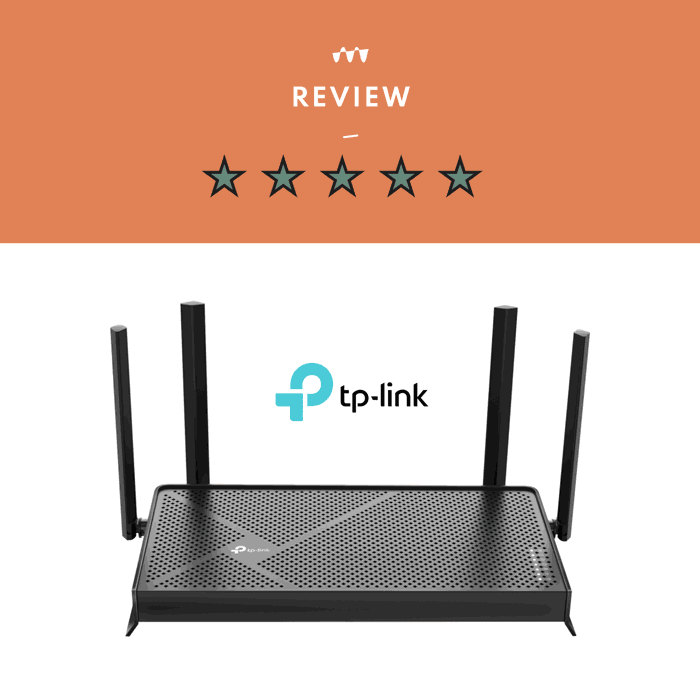





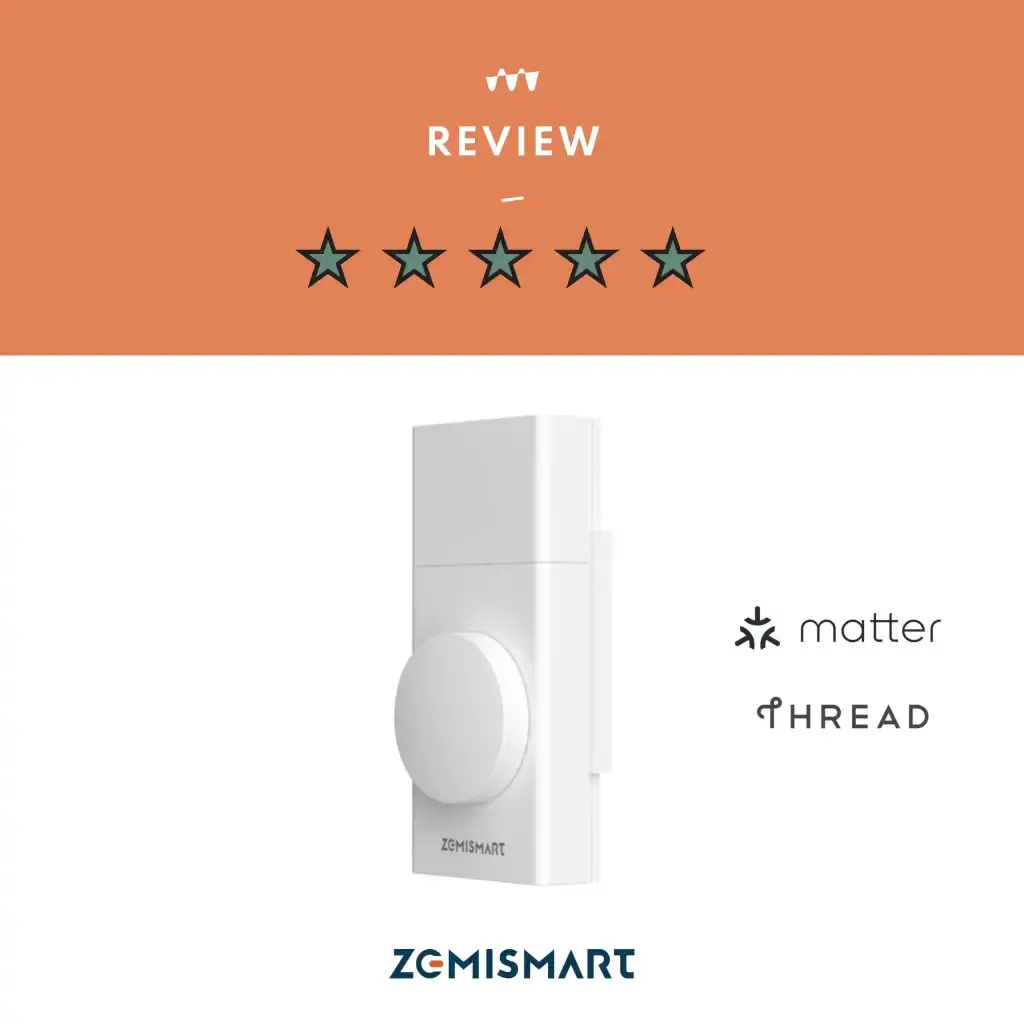

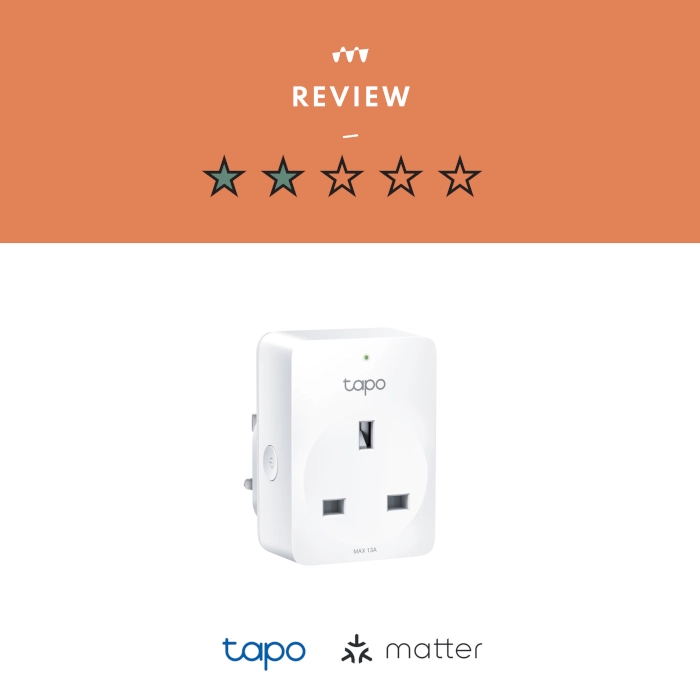
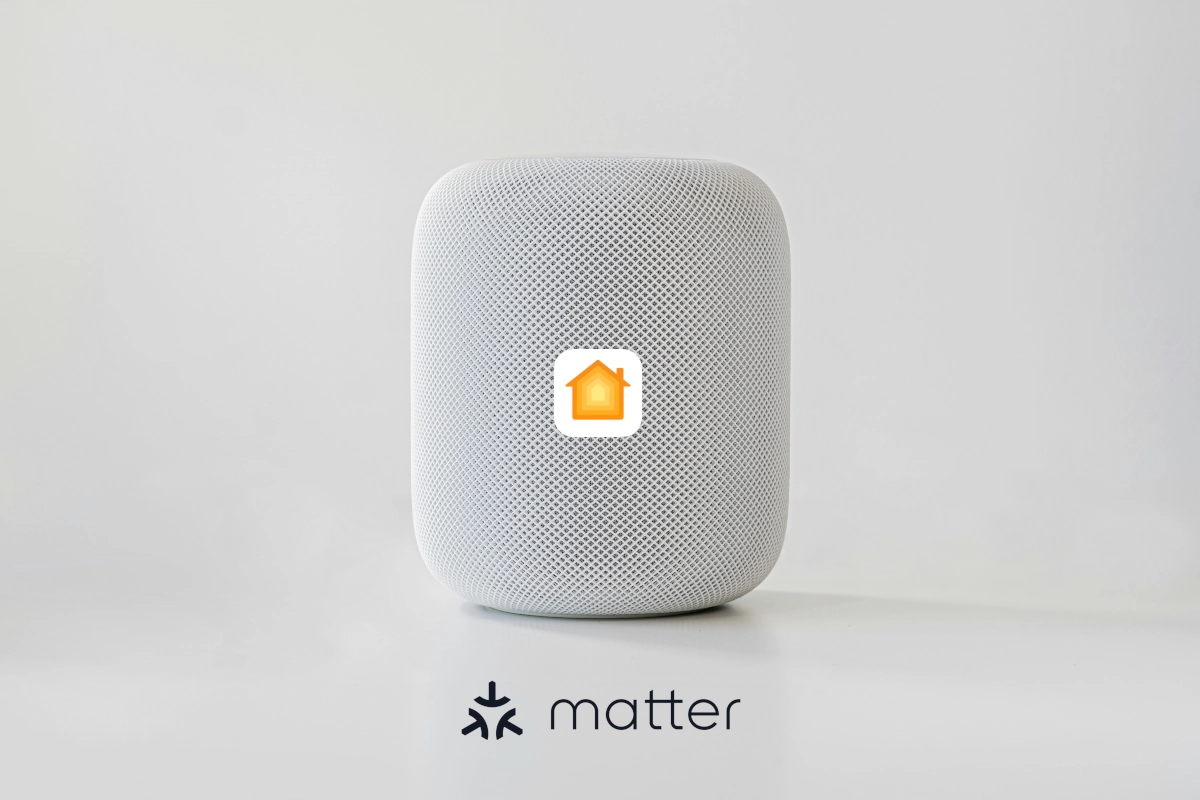
Leave a Reply